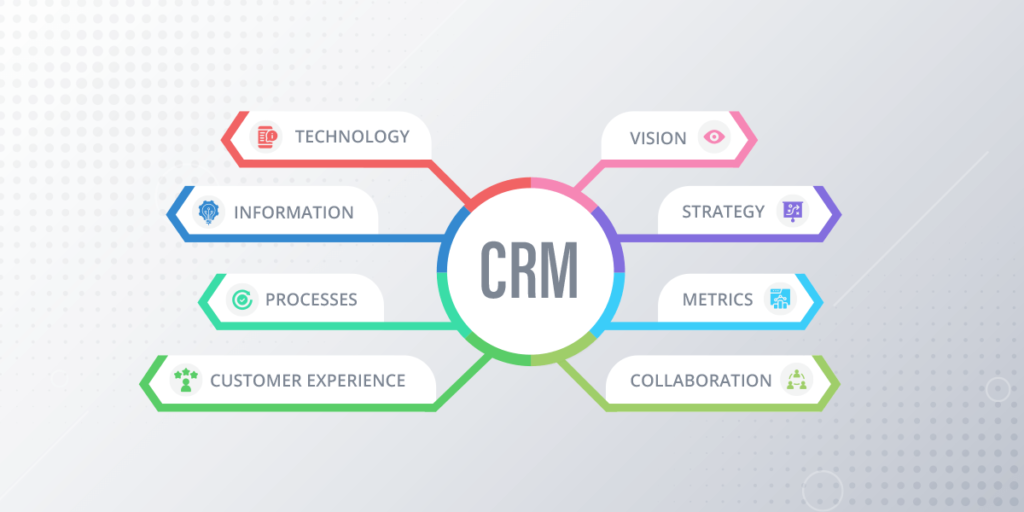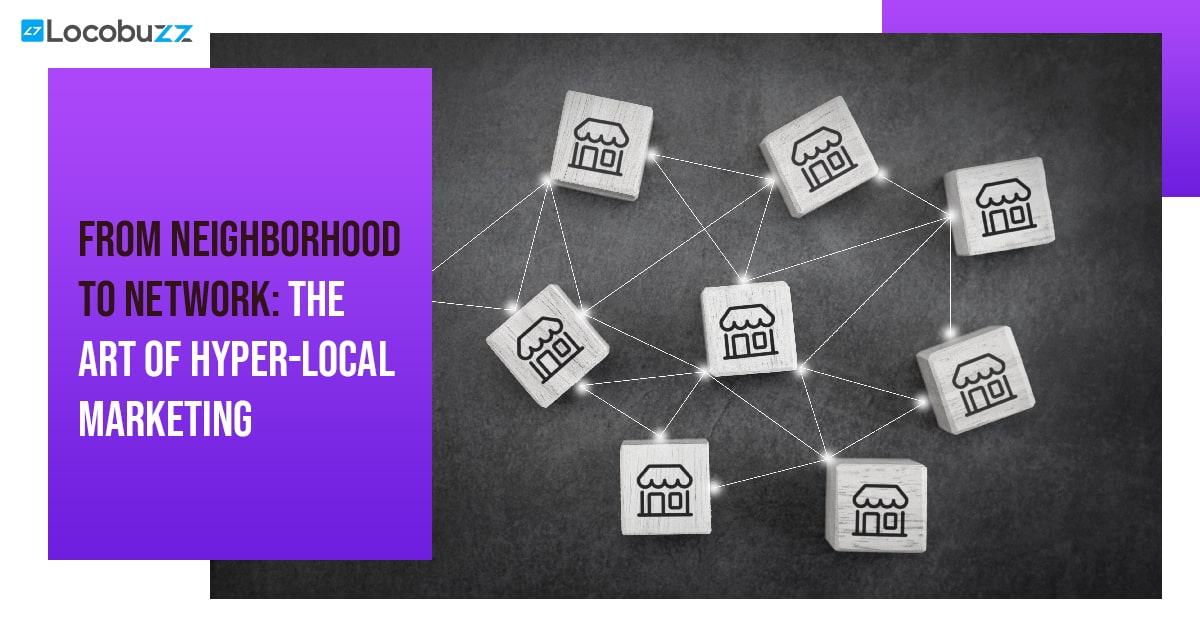Top CRM Strategies That Will Boost Your Buisness In 2023

No business is successful without the customers, they are the core- asset of every company. Maintaining a healthy customer relationship, engaging them via interesting marketing and management strategies are the primary focus of companies to increase their revenue growth rate. To accomplish this, companies must incorporate customer relationship management strategies.
Table of Contents
What is a CRM strategy?

1. Run a detailed audit
2. Identify your goal
The next step is to define your goals. Ensure you have smaller goals that are futuristic, specific, achievable, relevant, measurable and time-bound. Once you’re aware of the objectives, you’ll be able to outline a strategy for achieving them.
A CRM software can create internal and external reports on your customer base and business’ position. Which in turn enhances the credibility and transparency of the company for the employees, clients, and the media.
3. Observe the sale process
Visualize your business process from your first customer to the customer acquisition. Observe all the pipeline levels your potential customer goes through by napping your customer’s journey. This will help you understand the efficiency of your sales and marketing team.
Get a detailed report of all the deals and the timeframe of closing them with a CRM system to optimize your sales process. A CRM system can be linked with social media accounts so that company’s customer management is simplified using omnichannel solutions.
4. Prepare a marketing strategy.
A CRM system helps you to analyze the customer database, whether it’s customer’s interest, cart abandonment, or behavior, it tracks everything, so use it for creating interactive, tailored, and targeted marketing campaigns. Starting from personalizing your emails, and then segmenting the emails.
A CRM tool segregates your consumers according to their demographic, buying history, interests, and preferences, and delivers all the emails accordingly. Besides, be more specific about your deals like a visible link in the email to unsubscribe to avoid spam and build confidence and trust in the brand.
Other than e-mail marketing, promoting your brand’s informative content in engaging, yet unique formats like videos, ads, infographics, case studies, whitepapers, tutorials, memes, quotes, etc. You can even include the latest social media trends, Facebook strategies, etc. to level up your marketing campaign. With a CRM system, you can generate, curate, schedule, and publish SEO-optimised original content.
5. Use the database for enhancing productivity.
As mentioned above, all the information and customer databases obtained from the marketing, sales, and support teams in the organization can be accessed from a single dashboard by everyone. A CRM system is GDPR compliant so it protects your data.
It retains the data as per the customers’ privacy and what is necessary for the company. Leveraging this database helps in streamlined communication within the organization; fostering team collaboration and adding transparency to every engagement process between the sales, marketing, and customer service team with the clients.
This makes your employees more responsible and independent enough to use the CRM tools and database to make effective decisions.
6. Social media customer support.
In developing and managing customer relationships, social media has become one of the most crucial touch-point. Customers post their positive-negative feedback, reviews, and overall experience on the brands ‘ social media accounts.
If not responded immediately, then the customers may lose interest in your brand, leading to their disappointment. Therefore, to respond quickly to social media reviews or customer queries, you can personalize your conversations with your customers using AI-driven automated messenger chatbots
Some of the Chatbot development platforms are Locobuzz, Intercom, wotnot, Liveperson, and Bold360, which can help you create your own bots, perform real-time analysis, and offer CRM Integration to enhance the intelligence of your chatbot.
7. Provide personalized experiences
The very first step to create a personalized customer experience is to create a customer-centric vision and focus on their expectations. A solid CRM system provides you with detailed data of your potential customer and their interest.
This helps in personalizing the customer experience and engagement to enhance brand revenue, build customer loyalty and reduce churn rate. Provide them omnichannel customer service, timely response to social media reviews, request them for referrals, offer rewards, customer loyalty programs, and discounts according to the customer’s preference.
Also, a powerful CRM system empowers and aligns the sales and customer service teams by providing real-time customer-related data and voice-response options, which makes cross-selling or upselling of the products and services easier for both teams.
8.Increase employee productivity with automation
A CRM system provides automated services for a range of sales, customer service, and the marketing team functioning such as automated call diversion systems and automated AI-driven conversational bots. All the administrative tasks and entering data into the pipeline are also synced automatically due to the CRM’s unified cloud-based interface.
This saves a lot of additional time which the customer service can use to deal with customer queries, requests, and complaints efficiently, and sales reps to focus on new leads and closing more deals, which ultimately reduces your costs and improves employee productivity as well.
9. Increase employee productivity with automation
A CRM system provides automated services for a range of sales, customer service, and the marketing team functioning such as automated call diversion systems and automated AI-driven conversational bots. All the administrative tasks and entering data into the pipeline are also synced automatically due to the CRM’s unified cloud-based interface.
This saves a lot of additional time which the customer service can use to deal with customer queries, requests, and complaints efficiently, and sales reps to focus on new leads and closing more deals, which ultimately reduces your costs and improves employee productivity as well.
10. Track campaign performance
In the end, with the help of report and analytics features, monitor the performance of every team.
Ensure if they’ve used the CRM tool efficiently to reach their targets as well as the bigger goals outlined in the CRM strategy. From the database stored on the CRM dashboard, you can analyze if the goals were attained as expected.
Identify the areas where you need to improve as a brand and understand what your customer is expecting from you. Once you’ve monitored your employee’s performances, sales process, customer experience, CRM software then gives you all the information that you’d need to target your customers.
Conclusion:

To improve and manage the business and customer relationship, the CRM strategic model incorporates the latest trends and strategies that mainly focus on brand awareness. Also, it discovers customer interests and intention; evaluates the customer experience, and establishes brand loyalty.




























